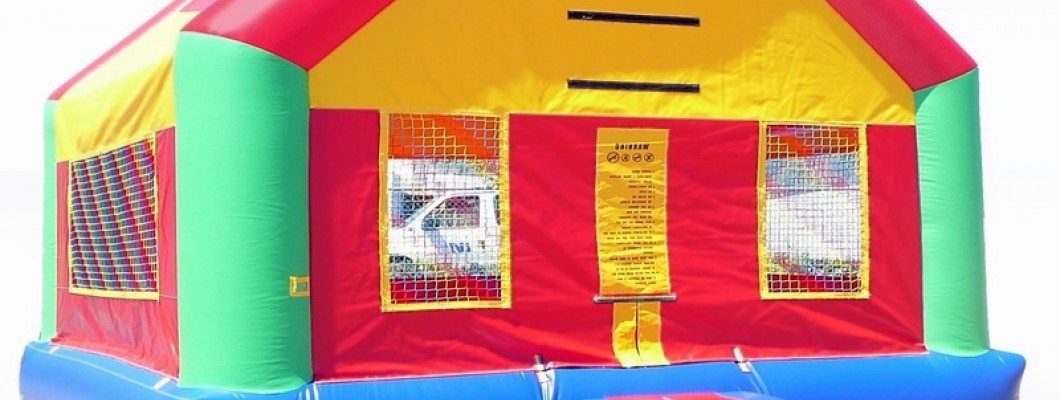
Bounce houses are a popular attraction for outdoor events, but using them in high temperatures requires special precautions. Extreme heat can pose safety risks not only to the bounce house itself but also to the children playing inside. This article explores whether bounce houses can be used in high temperatures and offers safety tips to ensure a fun and safe experience during hot weather.
Understanding the Risks of Using a Bounce House in High Temperatures
While it’s possible to use a bounce house in hot weather, there are several risks to consider, especially when temperatures climb above 85°F (29°C). These include:
1. Heat-Related Illnesses
Children are more susceptible to heat-related illnesses like heat exhaustion or heatstroke. Inside a bounce house, temperatures can rise significantly higher than outside, increasing the risk of overheating. The enclosed, inflatable structure traps heat, and vigorous jumping can cause children to sweat and become dehydrated more quickly.
2. Hot Surfaces
On hot days, the surface of the bounce house can become uncomfortably hot or even dangerous to touch, especially if it’s been sitting in direct sunlight. This is particularly true for bounce houses made from dark-colored material, which absorbs more heat. Hot surfaces can lead to burns or discomfort, making the bounce house less enjoyable or unsafe to use.
3. Material Degradation
High temperatures can also affect the bounce house itself. Prolonged exposure to extreme heat may cause the material to stretch, weaken, or even tear over time. This not only shortens the lifespan of the bounce house but also increases the likelihood of accidents due to structural failure.
Safety Tips for Using a Bounce House in Hot Weather
If you plan to use a bounce house on a hot day, follow these tips to keep the experience safe and enjoyable for everyone:
1. Set Up in the Shade
Whenever possible, set up the bounce house in a shaded area. Natural shade from trees or the use of tents or canopies can help keep the inflatable cooler. Keeping the bounce house out of direct sunlight will prevent the surface from becoming too hot and will create a more comfortable environment for the children inside.
2. Monitor the Temperature of the Bounce House
Before allowing children to enter the bounce house, check the surface temperature with your hand. If the material feels too hot to the touch, it’s best to wait until it cools down. You can use water or a cooling mist to lower the surface temperature, but make sure the bounce house is fully dry before use to avoid slippery surfaces.
3. Limit Playtime and Take Breaks
In hot weather, children should take regular breaks from the bounce house to cool down and hydrate. Encourage kids to spend no more than 10-15 minutes at a time inside the inflatable, then have them rest in a shaded area and drink water. This helps prevent overheating and ensures children don’t become overly fatigued from continuous jumping.
4. Keep Hydrated
Make sure there is plenty of water available for the children using the bounce house. Dehydration can happen quickly when kids are active in hot conditions. Encourage regular water breaks and watch for signs of heat-related stress, such as dizziness, fatigue, or excessive sweating.
5. Consider the Time of Day
The hottest part of the day is typically between noon and 4 p.m. If possible, schedule bounce house activities during the cooler parts of the day, such as the morning or late afternoon. This reduces the risk of extreme heat buildup inside the bounce house and ensures a safer, more comfortable experience for the children.
6. Supervise Closely
Always supervise children playing in a bounce house, especially in hot weather. Watch for any signs of overheating, such as flushed skin, lethargy, or complaints of feeling dizzy or nauseous. If any child shows symptoms of heat exhaustion, remove them from the bounce house immediately and cool them down with water and rest.
Conclusion
While bounce houses can be used in high temperatures, safety precautions are essential to prevent heat-related illnesses and other risks. By setting up the bounce house in a shaded area, monitoring its temperature, encouraging hydration, and limiting playtime, you can create a safer environment for children to enjoy the inflatable even on hot days. Always keep an eye on the kids and take steps to ensure that the bounce house remains a fun, cool, and safe place to play.

Leave a Comment